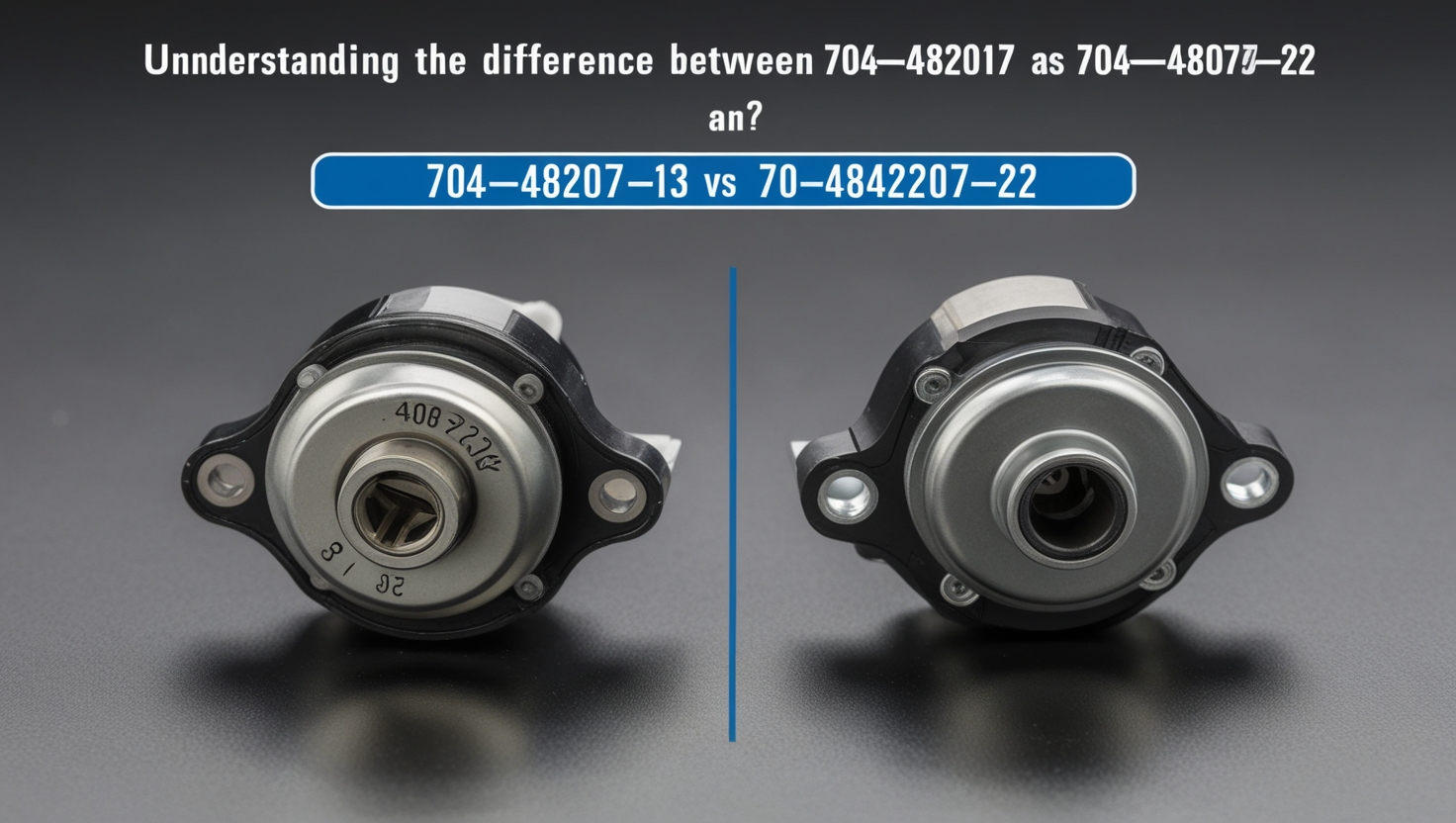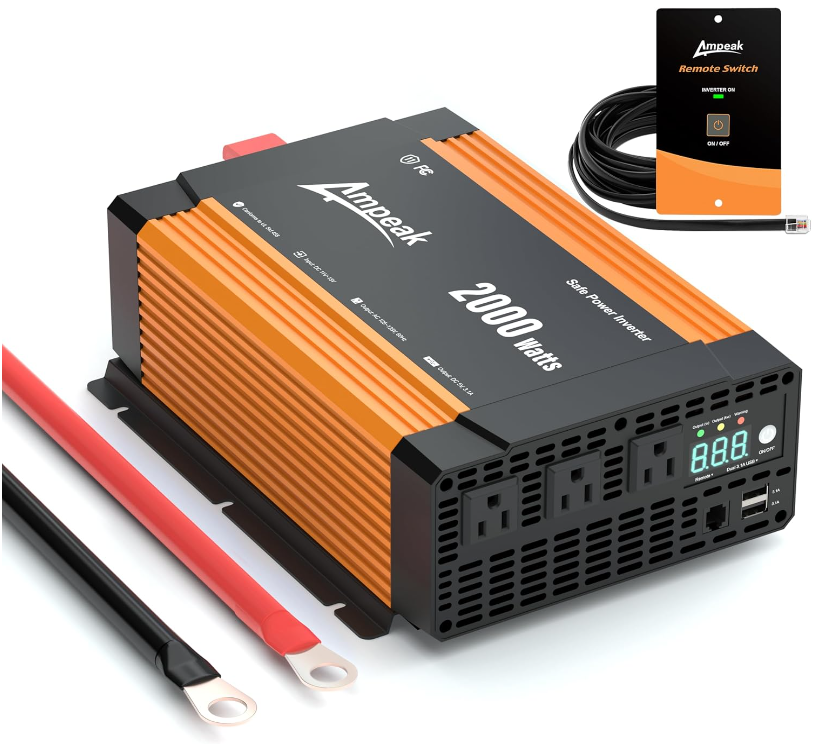
Selecting the suitable component for your device or equipment can sometimes feel like navigating a maze. Part numbers can be nearly identical, yet they often signify essential differences that impact compatibility and performance. A common question in this regard is, what is the difference between 704-48207-13 and 704-48207-22? This guide answers that question in detail, shedding light on what separates these two similar-looking components and why they matter.
The Significance of the 704-48207 Series
Before delving into what is the difference between 704-48207-13 and 704-48207-22, it’s essential to understand what the 704-48207 series itself represents. Manufacturers often label parts with specific serial numbers to track them, ensure compatibility with particular devices, and help customers find exactly what they need. The 704-48207 series is likely a family of components that share certain design features, dimensions, or functionality but have subtle variations to match specific use cases. This series-based approach allows manufacturers to offer different options while maintaining consistency across the range.
In most cases, parts from the same series, like 704-48207-13 and 704-48207-22, will look almost identical but differ in details, adetailg how they further the models they work with. This article will clarify what is the difference between 704-48207-13 and 704-48207-22, covering all the essential points so you can make an informed decision.
Exploring the Key Differences Between 704-48207-13 and 704-48207-22
While 704-48207-13 and 704-48207-22 might look similar, their differences can influence compatibility, performance, and durability. Below, we’ll explore the key factors that answer what is the difference between 704-48207-13 and 704-48207-22.
1. Design Modifications and Build Quality
One of the primary answers to what is the difference between 704-48207-13 and 704-48207-22 lies in the design and build quality of each part. Often, parts labelled with different numbers within the same series (like -13 and -22) represent design iterations, where manufacturers improve certain aspects or make slight modifications to enhance durability or fit.
For instance, the -13 model could be an earlier version, with the -22 model incorporating refined adjustments based on feedback or newer design standards. These changes might include adjustments in the shape, material composition, or internal structure, all aimed at enhancing its suitability for specific applications. If durability or advanced performance is required, the -22 might be an updated option to last longer or handle more stress.
2. Compatibility with Devices or Specific Models
Another essential factor in what is the difference between 704-48207-13 and 704-48207-22 is their compatibility with various devices or models. Sometimes, differences between parts in the same series are intentional to ensure they work with slightly different models or devices. The -13 version might be compatible with specific original models, while the -22 may fit newer, updated models.
When manufacturers release new product models, they often make subtle adjustments to their parts. In these cases, the -22 might be designed to seamlessly integrate with newer hardware, whereas the -13 would be a perfect fit for earlier or legacy models. Compatibility is one of the most crucial considerations when choosing between two parts, as using an incompatible part can lead to poor performance or even damage the device.
3. Differences in Performance and Efficiency
Another area where what is the difference between 704-48207-13 and 704-48207-22 may be significant is in performance. Manufacturers sometimes release newer versions of a part to improve its performance capabilities. This can be achieved through small but meaningful changes, such as enhanced materials, upgraded internal components, or improved heat resistance.
For example, suppose the -22 model includes higher-quality materials. In that case, it might offer better durability or withstand higher stress levels, making it more suitable for environments where it will experience heavy use or high temperatures. Such performance improvements mean that if you choose between the -13 and -22 models, you should consider the type of usage and conditions the part will face.
4. Cost Variations Due to Enhanced Features
One more aspect in understanding what the difference between 704-48207-13 and 704-48207-22 could be cost. Often, newer models with performance improvements or enhanced compatibility features may be priced slightly higher due to the added benefits. The -22 model might include more durable materials or offer added compatibility, which can increase the manufacturing cost and, subsequently, the retail price.
While choosing a higher-cost part isn’t always necessary, it might be worth the investment for those seeking longevity and reliable performance. If budget is a crucial consideration, evaluate whether the additional features of the -22 model justify the potential extra expense.
Tips for Choosing Between 704-48207-13 and 704-48207-22
Understanding what is the difference between 704-48207-13 and 704-48207-22 is only half the battle. Here are some practical tips to help you choose the right part for your needs:
1. Verify Compatibility First
Given that compatibility is a significant aspect of what is the difference between 704-48207-13 and 704-48207-22, make sure to double-check which version works with your device. Consult the product manual or the manufacturer’s website to confirm compatibility with your model. If in doubt, contacting the manufacturer can clarify which part number is correct for your needs.
2. Consider Performance Requirements
If your equipment will be used in demanding environments or for extended periods, the -22 model might be the better option, assuming it’s designed for higher performance. Choosing a part based on your usage conditions ensures better longevity and reliability.
3. Balance Cost with Features
When deciding what is the difference between 704-48207-13 and 704-48207-22 and how it applies to your purchase, consider whether the features in the newer version are worth the extra cost. In cases requiring high performance and durability, the -22 model’s added expense may be a worthwhile investment.
4. Look for Reviews or Feedback
Sometimes, the best insights into what is the difference between 704-48207-13 and 704-48207-22 come from those who have used both. Checking reviews or feedback from other users can provide a practical perspective on the differences and help you decide which model will suit your needs better.
Why Understanding Product Differences Matters
Knowing what is the difference between 704-48207-13 and 704-48207-22 can make a real difference in your overall satisfaction with the part you choose. Using an incompatible or inadequate part could result in malfunction, device damage, or wasted time and money on replacements. Understanding these subtle differences empowers you to make a choice that ensures optimal performance, durability, and cost-effectiveness.
Conclusion
In conclusion, what is the difference between 704-48207-13 and 704-48207-22 boils down to a few essential factors: design adjustments, compatibility with various devices, performance enhancements, and cost considerations. Each factor plays a role in making the right choice for your equipment or device. By taking the time to understand these differences, you’ll be well-equipped to select the most suitable option, ensuring the longevity and effectiveness of your equipment.


